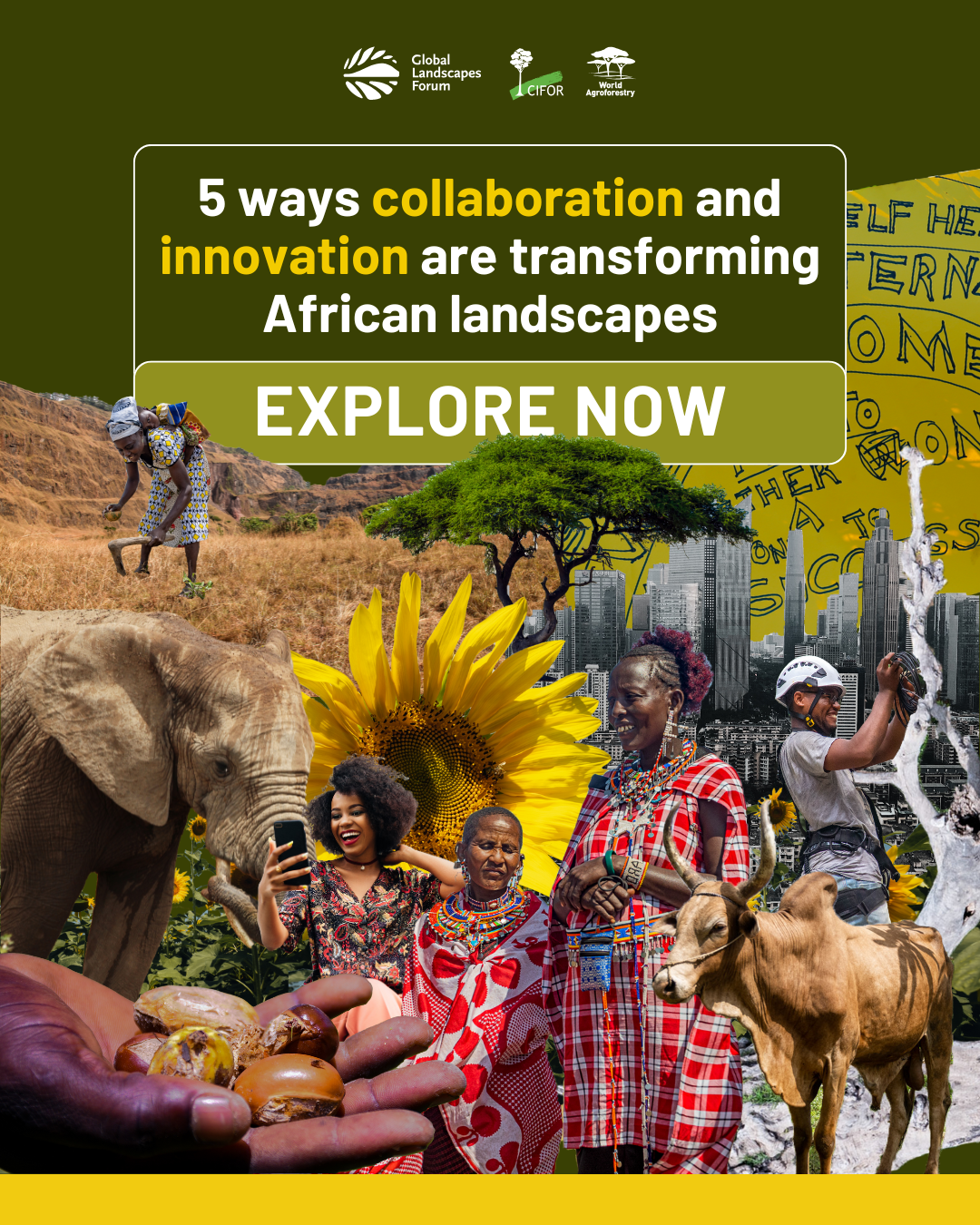Like most fathers of teenage children, I am often accused of being out of touch. While my work takes me to many places, geographic and esoteric, my children do have a point: it is fair to say that much of the world of popular culture passes me by.
However, I do have a favorite author – Robert Macfarlane. His latest book, Landmarks, is more than just a beautiful book; it is a manifesto that urges us to re-engage with the language of the natural world.
Macfarlane argues that we have lost touch with Earth itself. Our languages, and our dictionaries, are apparently losing many of the words that help us describe, and relate to, the natural world. In their place, we find countless new words for our online interactions. In four simple words, he makes his point: “For blackberry, read Blackberry.”
It’s a line of thinking I can relate to. My own journey embodies these tensions between our natural world and a technological world.
For more than 20 years, I worked in the private sector searching for solutions to our energy and climate challenges. For many in the world of corporate behemoths and entrepreneurial start-ups, the solutions to our climate and environmental challenges are technological.
But the urgency of our changing climate and degrading environment means we don’t have the luxury of simply relying on technology cost-curves coming down, or on sustainability being fully embraced by investors and shareholders in their market valuations. This transformation is still decades away.
A hundred-million-year-old solution
During my last few years working on low-carbon innovation in the energy sector, I was struck by the time, effort and many millions of dollars the industry was investing to explore how to engineer a way to capture and store CO2 deep below the earth’s surface.
Meanwhile, as with many things, nature figured out a scalable, cost-effective solution hundreds of millions of years ago. And it’s a solution that cannot only help solve climate change but also help transform our global growth story.
Carbon is half of all living mass. How we manage our biological systems either releases or stores it. In fact, poor land use is responsible for at least 23 percent of global carbon emissions. But nature is already counter-balancing, absorbing 26 percent of emissions in our lands, predominantly in forests.
Of course, this isn’t news. For decades, the world has focused on important efforts to halt or slow deforestation, in part to reduce carbon pollution. But, progress hasn’t happened fast enough, and too often we’ve pitted environmental benefit at the expense of economic development.
On the contrary, I see development and climate solutions occurring at the same place Macfarlane would argue our language should live — at the intersection of economic, technological and environmental forces. I have also seen development occur in a way that can be replicated at the global scale required to make truly sustainable, climate-friendly growth a reality.
Much of this “green growth” story to date has focused on new energy technology, and the renewables sector has made great strides. But for many emerging economies, agriculture, forestry and extractive industries remain the major drivers of economic progress, environmental degradation and carbon emissions.
A diversified green growth portfolio
One example is the Brazilian state of Pará, which is on the frontline of deforestation in the Amazon. Here the demand for yet more cattle ranching serves as a microcosm of the pressures we see all over the world – to feed an increasing, and increasingly prosperous, population. The deforestation in Pará accounts for a third of deforestation in the Brazilian Amazon.

While the Brazilian government’s regulatory actions have been successful in reducing deforestation levels, we need to use all the levers at our disposal.
For instance, sustainably intensifying cattle ranching and expanding cocoa farms can increase production and rural incomes without clearing forests. Cocoa is native to the Amazon, can be grown in mixed systems with natural forests, and is highly profitable. It’s a solution for local business and biodiversity, as well as global food security and climate mitigation.
We’ve highlighted standout examples of this sort of progress in our joint report with the World Bank on landscape-scale programs in eight geographies all over the world, including Brazil, Mexico, and Indonesia.
While progress is tangible, many jurisdictions continue to move slowly due in part to limited financing and incentives. If we can create a stronger mix of funding and incentives for low-emissions development across entire landscapes – including results-based finance, in-country funding, supply chain incentives and private capital – and match that financing with the unique economic, political and community forces in play, we can unlock an entirely different development and climate trajectory.
And the possibilities for generating an economic and environmental return on green growth are countless. Consider:
- When cattle ranch owners operating on large fragments of degraded forests plant native high-value mahogany trees, they can double the rate of carbon storage while restoring the economic and ecological integrity of their forest.
- When farmlands on the Mississippi floodplains in the U.S. purchase and replant native commercial hardwoods they can restore critical floodplain landscapes, store carbon and create future revenue from low-impact timber harvest and conceivably carbon markets.
- And in the tropical forest of Eastern Borneo in Indonesia, local companies can buy forestry or ecological restoration licenses for areas that had been converted to agriculture and are now abandoned to invasive elephant grass, and revive them into sustainably managed forests with high-value native species plantations – again bringing economic and carbon storage benefits together.
Too often, nature’s value as a solution for growth and climate stabilization is the forgotten part of the discussion. This is a big year for sustainable development goals and climate policy. It is also our best opportunity to bring climate and development policy together in a way that – as MacFarlane would advise – reengages with nature’s powerful role. Its solutions are speaking our language. It’s time we listen.


 Justin Adams
Justin Adams





